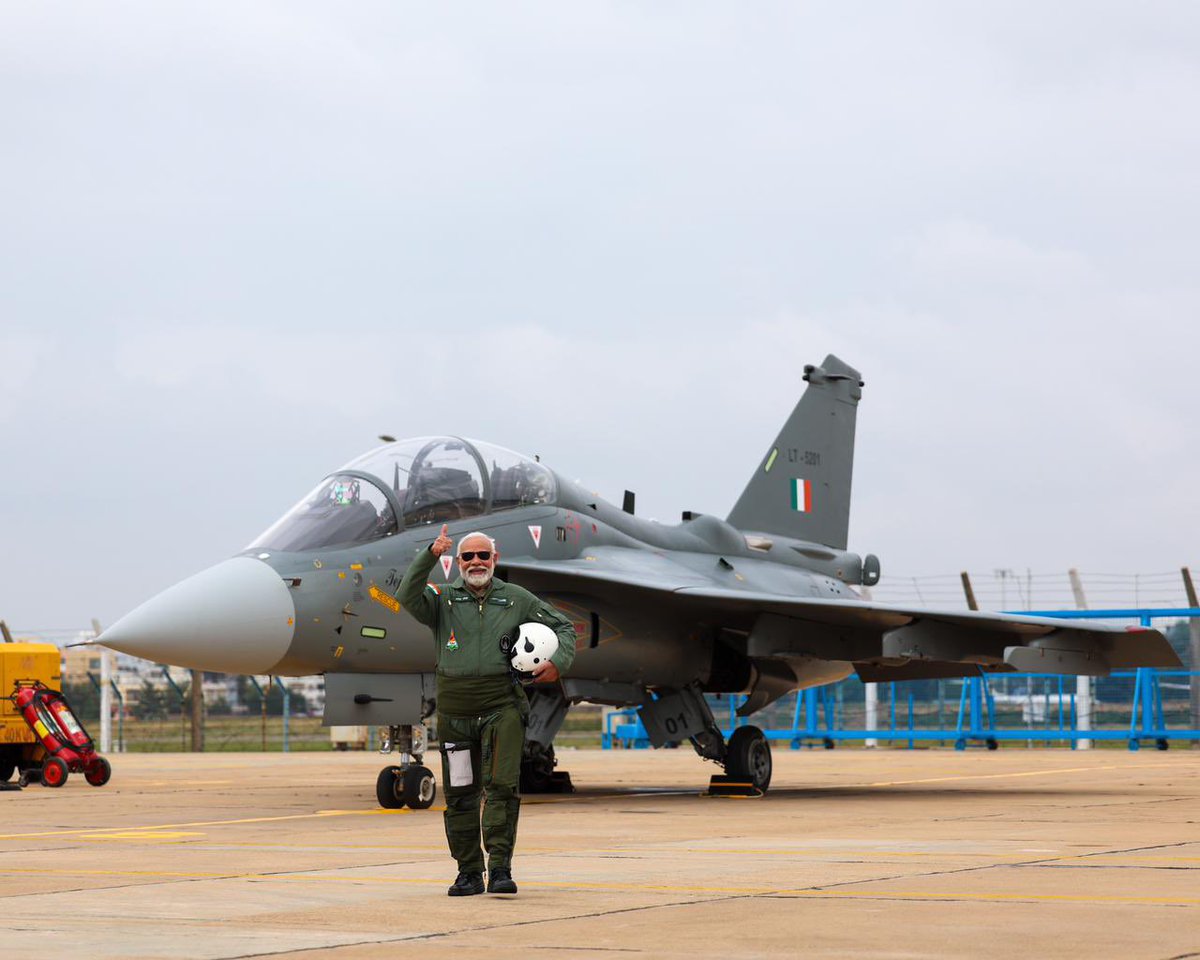SOURCE: AFI


As Prime Minister Narendra Modi completes 11 years in office, the combat strength of the Indian Air Force (IAF) has reached an alarming low, with only 31 fighter squadrons in service including two Mig-21 Squadrons Such reduced squadron levels were last seen before the 1965 Indo-Pak war, a time when India’s air combat capabilities were significantly less advanced. While the IAF’s sanctioned strength stands at 42 squadrons, this target has not been met since 1996, when the IAF had 41 operational squadrons. Since then, successive governments have struggled to restore the numbers, and the Modi administration has been no exception.
Despite multiple procurement efforts and modernization drives, the IAF’s dwindling fighter fleet is a growing concern for national security, especially given the rising geopolitical tensions in the region. The Modi government’s inability to implement out-of-the-box solutions to replenish the IAF’s combat strength is increasingly seen as a failure in India’s defense strategy, with consequences that could weaken the country’s position in future conflicts.
The Indian Air Force’s strength has been on a slow decline for the past few decades. After maintaining 41 squadrons in the 1990s, a combination of factors, including the phasing out of older aircraft like the MiG-21 and delays in new acquisitions, has brought the IAF down to its current level of 31 squadrons.
The IAF requires 42 squadrons to effectively handle a two-front conflict scenario, considering the threats from both China and Pakistan. However, India has been falling short of this critical number for nearly three decades. The gradual decommissioning of aging aircraft and delays in procuring new platforms have led to a net loss of squadrons. The situation has persisted despite successive governments acknowledging the need to bolster the IAF’s fleet.
Prime Minister Modi’s tenure has seen some important developments in defense acquisitions, most notably the procurement of 36 Dassault Rafale fighter jets from France. These jets, delivered between 2020 and 2022, have been a significant upgrade for the IAF, bringing advanced avionics, weapons systems, and stealth capabilities to the fleet. The Rafale acquisition, signed during Modi’s first term, was a major milestone, yet it falls far short of what is needed to address the deficit in squadron numbers.
In 2021, during Modi’s second term, the IAF signed a deal for 83 Tejas Mk1A fighter jets, a domestically developed platform expected to start deliveries by 2025. However, this program has been marred by delays, particularly due to supply chain issues affecting the F404 engines from General Electric (GE), which are essential for powering the Tejas. The absence of a consistent supply of these engines has led to a stall in the production and delivery of the aircraft, further delaying the replenishment of the IAF’s squadrons.
Adding to the concerns is the Multi-Role Fighter Aircraft (MRFA) tender for 114 jets, which has made little progress since its Request for Information (RFI) was issued in 2018. The MRFA is supposed to be a key program to fill the fighter jet gap, but it has been stuck in bureaucratic limbo, with no firm commitments made even in 2024. With no new combat aircraft set to enter service soon, the IAF’s squadron strength will likely continue to dwindle in the coming years.
While the Modi government has succeeded in some areas of defense modernization, it has failed to implement creative solutions that could address the pressing issue of the IAF’s combat readiness. Experts and military strategists have pointed out various possible courses of action that could have been explored to bolster the IAF’s fleet more quickly and cost-effectively.
The Tejas program, while promising, has faced repeated delays. More investment in indigenous design and production capabilities, including speeding up research and development for platforms like the Advanced Medium Combat Aircraft (AMCA), could have yielded faster results. Additionally, focusing on developing an ecosystem for domestic engine production might have mitigated the dependency on foreign suppliers, such as GE for the Tejas engines.
India’s declining squadron strength is particularly concerning given the complex security environment in the region. China continues to modernize its military, with its air force boasting more advanced platforms like the Chengdu J-20 stealth fighter, as well as the J-10 deployed near the LAC. Pakistan, too, has been upgrading its fleet, recently acquiring JF-17 Thunder Block III fighters co-developed with China.
The IAF’s ability to maintain air superiority in a two-front war scenario is now in question, with its reduced numbers creating vulnerabilities that adversaries may seek to exploit. Force multipliers like AWACS, mid-air refueling tankers, and advanced missile systems are crucial, but without adequate fighter strength, they cannot fully compensate for the IAF’s combat readiness.